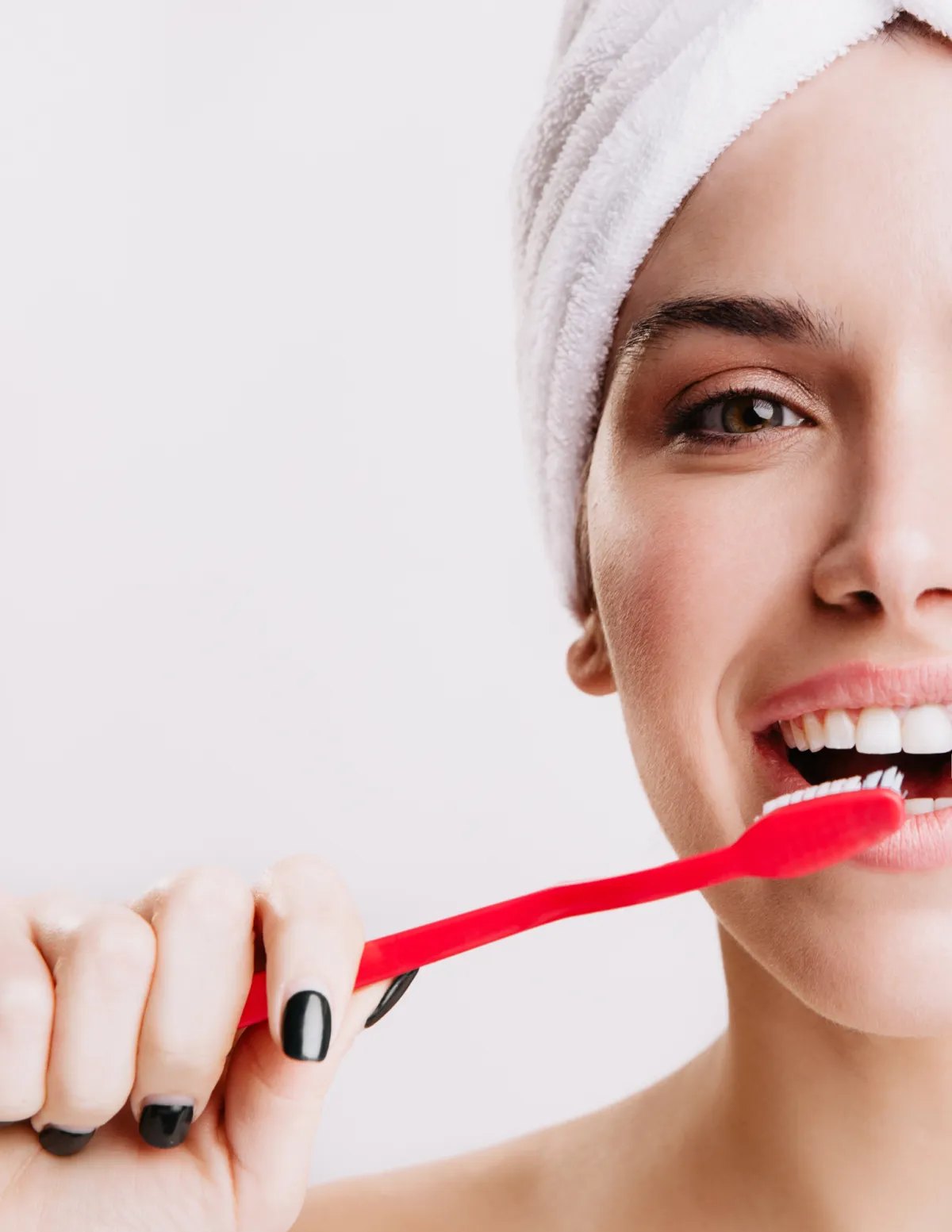
The Art of Dry Brushing: A Simple Step Toward a Healthier Mouth
The Art of Dry Brushing: A Simple Step Toward a Healthier Mouth
By: Becky Moore, Registered Dental Hygienist/ Restart Hygiene
When it comes to protecting your smile, it’s not just what you do—it’s how you do it. At Restart Hygiene, we’re all about getting back to the basics with intention and care. One of the most underrated yet powerful techniques for improving oral health is dry brushing—a simple, effective way to start your oral hygiene routine.
Why We Clean the Teeth, Gums, and Tongue
Before diving into the “how,” let’s talk about the “why.” Your mouth is a busy place, constantly exposed to food, bacteria, and plaque. Without regular cleaning:
Teeth develop plaque and tartar, leading to cavities.
Gums become inflamed, often resulting in bleeding, gingivitis, and eventually gum disease.
The tongue harbors bacteria that contribute to bad breath and an unhealthy oral environment.
Cleaning all three areas every day supports a balanced oral microbiome, strengthens your body’s natural defenses, and reduces your risk of oral and systemic disease.
What Is Dry Brushing?
Dry brushing means brushing your teeth and gums without toothpaste for 60 to 90 seconds before your usual brushing routine. It’s a technique that focuses on mechanically removing plaque and stimulating the gum tissue. Dry brushing allows you to slow down, be more intentional, and target areas that are often missed during a rushed brushing session.
Benefits of Dry Brushing
✅ Loosens plaque before adding toothpaste
✅ Stimulates the gums, increasing blood flow and reducing inflammation
✅ Improves brushing technique with better awareness and precision
✅ Reduces bleeding gums with consistent practice
✅ Strengthens the connection between oral hygiene and whole-body wellness
Many people find that after just a few days of dry brushing, their mouths feel cleaner—and their gums bleed less.
How to Dry Brush: Step-by-Step
1. Use a soft-bristled toothbrush—dedicated for dry brushing if preferred.
2. Start with your gums. Gently brush in circular motions along the gumline, where plaque often hides.
3. Work your way to the teeth, brushing all surfaces slowly and intentionally.
4. Don’t forget the tongue—a gentle back-and-forth swipe helps remove bacteria.
5. Dry brush for 60 to 90 seconds to thoroughly loosen plaque and stimulate gums.
6. Follow with your regular brushing routine using remineralizing toothpaste.
7. Finish your oral care with flossing, interdental brushes, or a water flosser for a complete clean.
Preventing Disease Starts with Simple Habits
Dry brushing isn’t a replacement for your full routine—it’s a small add-on step that makes a big difference. When paired with brushing, flossing, and tongue cleaning, dry brushing helps:
Reduce gum inflammation
Lower your risk of cavities
Improve your overall oral health
These simple habits do more than protect your smile—they support your entire body by reducing harmful bacteria that can enter the bloodstream and contribute to heart disease, diabetes, and more.
Restart Hygiene, Restart Health
At Restart Hygiene, we believe prevention is powerful. Dry brushing is an easy way to elevate your oral care with intention and purpose. Whether you’re just starting a healthier routine or adding something new to your regimen, this technique can be a game-changer.
Your health starts in your mouth. Start simple. Start today.
